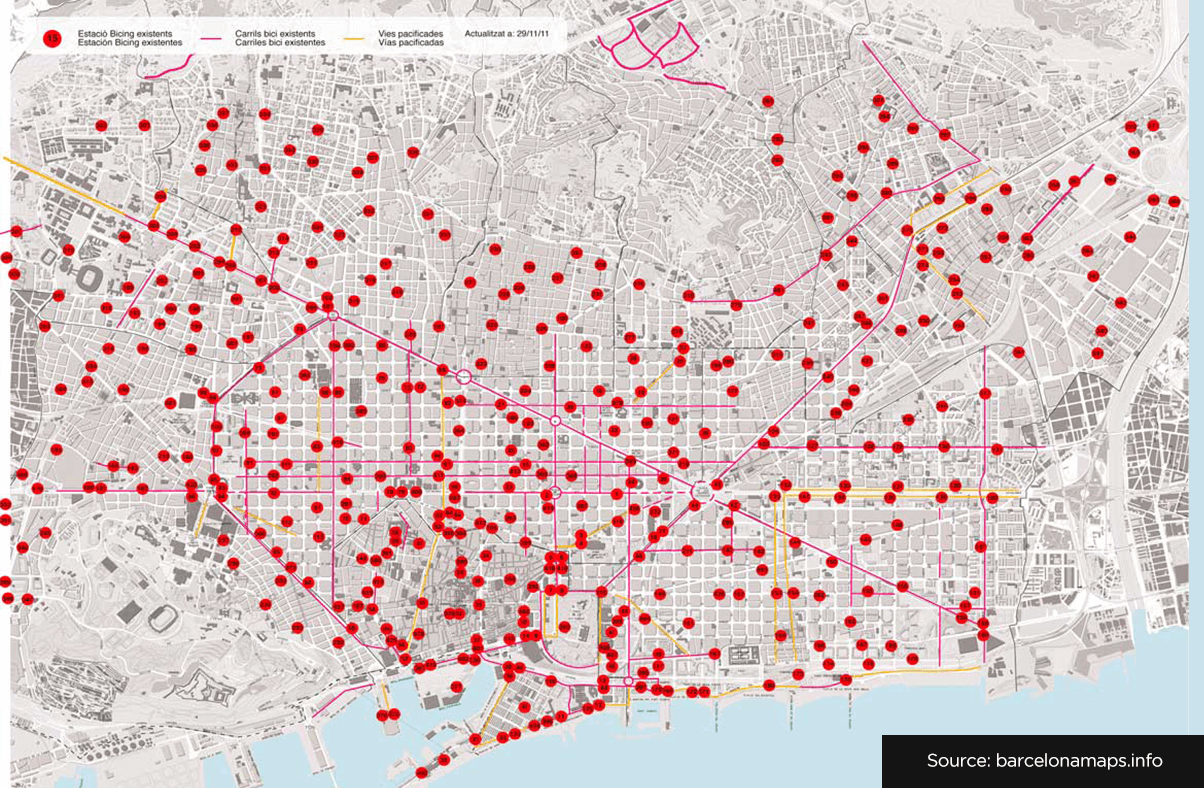It seems like just about everything is connected to the internet these days — or at least, on its way to being connected in some way. While adding a connected component to just about anything can make it more useful to the average consumer and help us live our lives better, when the IoT application isn’t developed appropriately, it can lead to more frustration and annoyance than usefulness.
With that in mind, it’s important to take your time when developing IoT applications and make sure you don’t overlook certain aspects that make the application work more efficiently. Making these simple mistakes can take your application from a great idea to a dud in no time at all, so be sure to avoid them.
Mistake #1: Not Using Existing Frameworks
When you develop an application for the IoT, there are typically four levels to consider: the device itself; the “ingestion layer,” or the infrastructure and software that collects the data and makes sense of it; the analytics layer, which takes the organized data and processes it; and finally, the end-user level, which is usually the actual app that the user interacts with.
In the case of a coffee maker, for example, the coffee maker is the thing itself, and is equipped with a microprocessor of some sort that collects the information that it’s time to make the coffee, adjust the amount of coffee, etc. The analytics layer takes that information and instructs the machine to conduct the task, adjusting as necessary, while all the user sees is the app that they can program to make one cup of French Roast at 6 a.m.
What does all of this have to do with using existing frameworks? Usually, developers only need to work within the analytics and end-user levels of the application development. There are development tools available that have already established the framework for the other levels, and by using them, you don’t need to reinvent the wheel. This not only makes it easier to develop new applications, but it also speeds up the time to market for new products.
Mistake #2: Forgetting About Scalability
How many people will be using your application on a typical day? While you can make predictions, you need to always be prepared for sudden load increases and fluctuations. Otherwise, you run the risk of interrupted or slow connectivity, which will reduce user satisfaction with your device. Therefore, when developing your application, you need to think about scalability, and be prepared for load switches and develop software that can be updated when necessary to accommodate the load without affecting user experience.
Mistake #3: Not Making Security a Priority
The security of the IoT is a hot topic these days, with many experts noting that the IoT is a prime target for hackers. While hacking, say, household appliances, hasn’t been a major issue yet, the potential is definitely there. For this reason, when developing your IoT application, you need to pay close attention to limiting the attack surface, keeping the app safe from code injection attacks, safeguarding any collected sensitive information, and planning for secure updates. Keeping security at the forefront of your application development ensures that your device won’t be the one that leads to a major attack or breach.
Mistake #4: Not Planning for the Future
There’s no denying that technology moves fast, and the potential for today’s technology to be obsolete within a few years is high. However, while you may not have a crystal ball for everything that is going to happen in the next five to ten years, there are some developments on the horizon that you want to pay attention to and plan for, since many IoT devices are not those that consumers are prepared to upgrade on a regular basis, such as refrigerators. For example, internet addresses are transitioning to IPv6 from IPv4. By planning your application for that change now, you can avoid a costlier update later.
Mistake #5: Not Hosting Appropriately
Finally, consider hosting your application in multiple data centers rather than a single location. This allows for reduced latency in response times, and ensures uninterrupted service in the event of a disaster. Users have little patience for sluggish response times or server errors.
Developing an IoT application for your device can help take it to the next level and increase customer satisfaction and brand loyalty — but only when the application is well developed. As you think about your next IoT project, remember these mistakes and your product won’t be in the “great idea, poor execution” hall of shame.



































